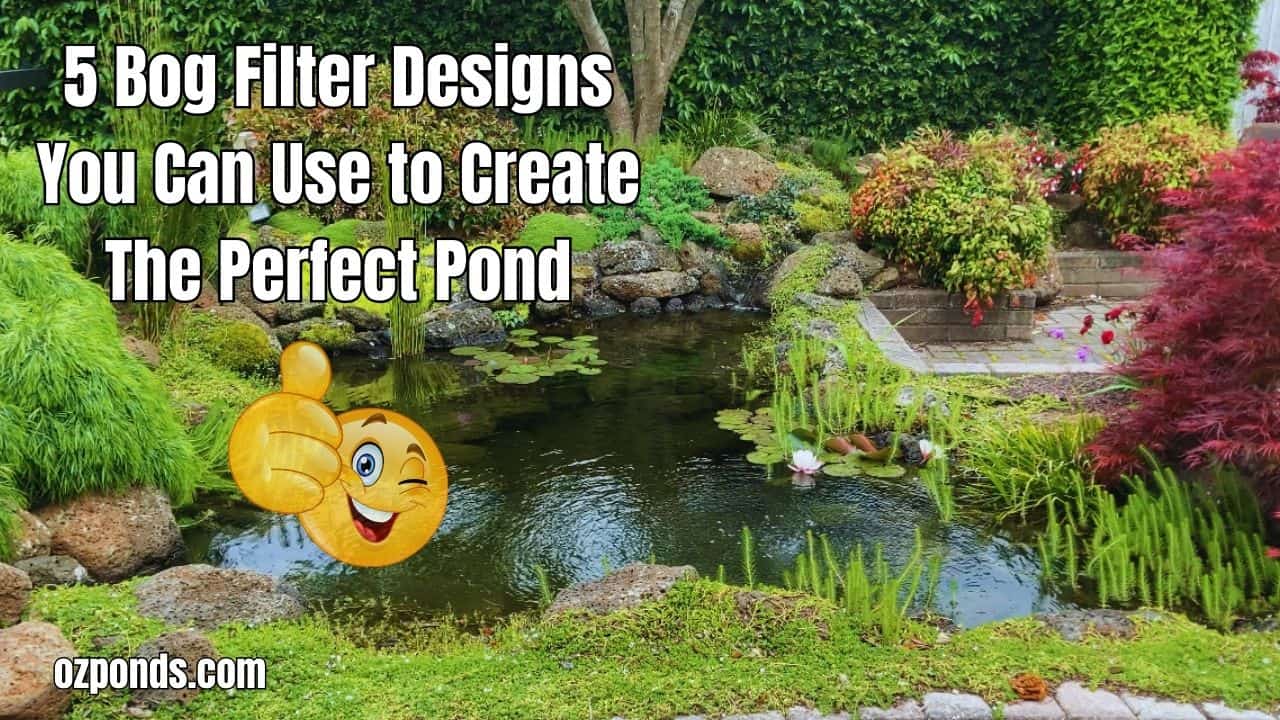A bog filter operates by moving water through a filtration medium, usually rock and pebble. These materials create a home for beneficial bacteria and microorganisms that break down fish waste and excess nutrients, keeping the water clean and balanced.
If you aren’t sure about why bog filters are so awesome, read this article!
Key Benefits of a Bog Filter:
- Natural Filtration: Uses beneficial bacteria to process fish waste.
- Low Maintenance: Accumulates solid waste but can be easily cleaned.
- Aesthetic Appeal: Can be planted with aquatic plants for additional filtration.
To keep your bog filter working efficiently, it’s best to include a way to flush out accumulated waste periodically.
Here’s a video on how I clean out a bog filter:
Three DIY Bog Filter Designs
1. The Mini Bog Filter
This design is perfect for small ponds or container water gardens. It originated from aquaponics, where plants filter fish waste in a grow bed.
How It Works:
- Water is pumped from the pond into a container filled with gravel and plants.
- A standpipe inside the container sets the water level.
- A larger perforated pipe (gravel guard) prevents the standpipe from clogging.
- The standpipe can be removed to drain and clean the filter.
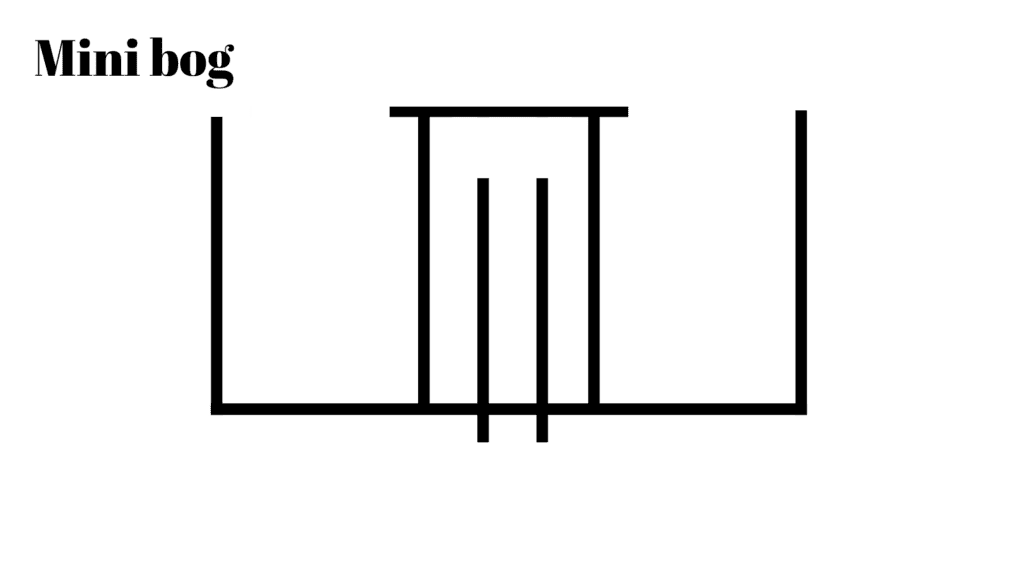

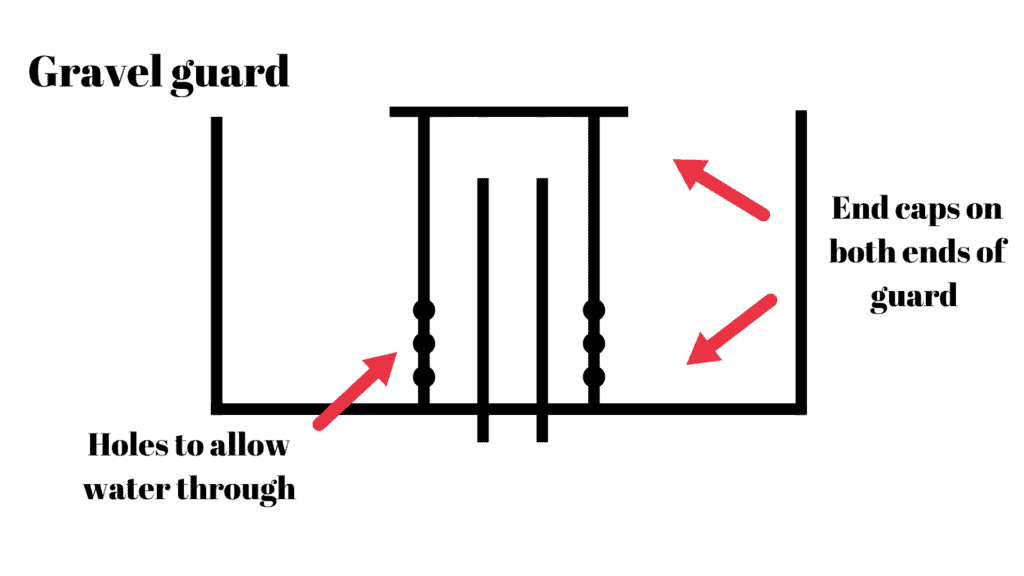
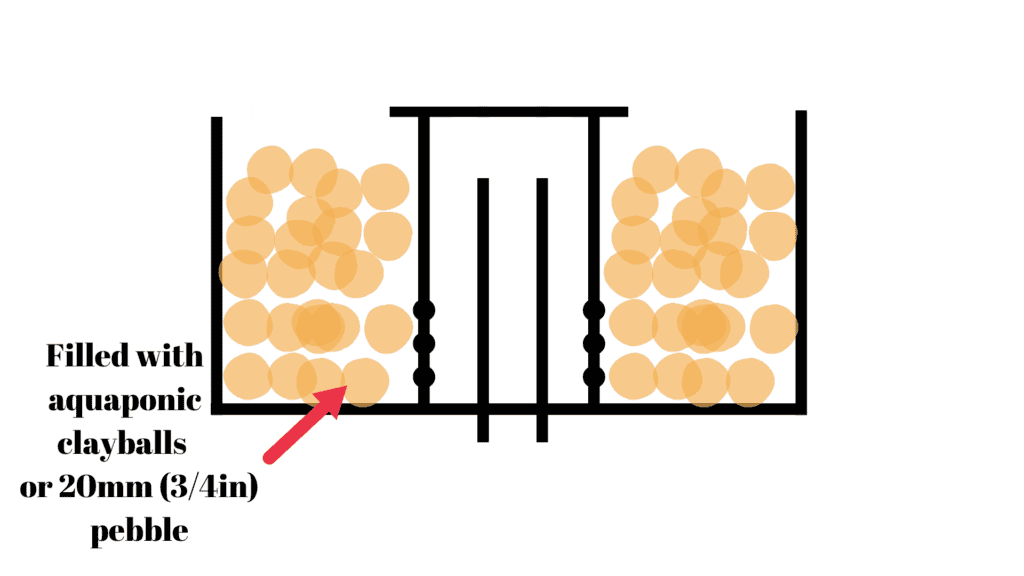
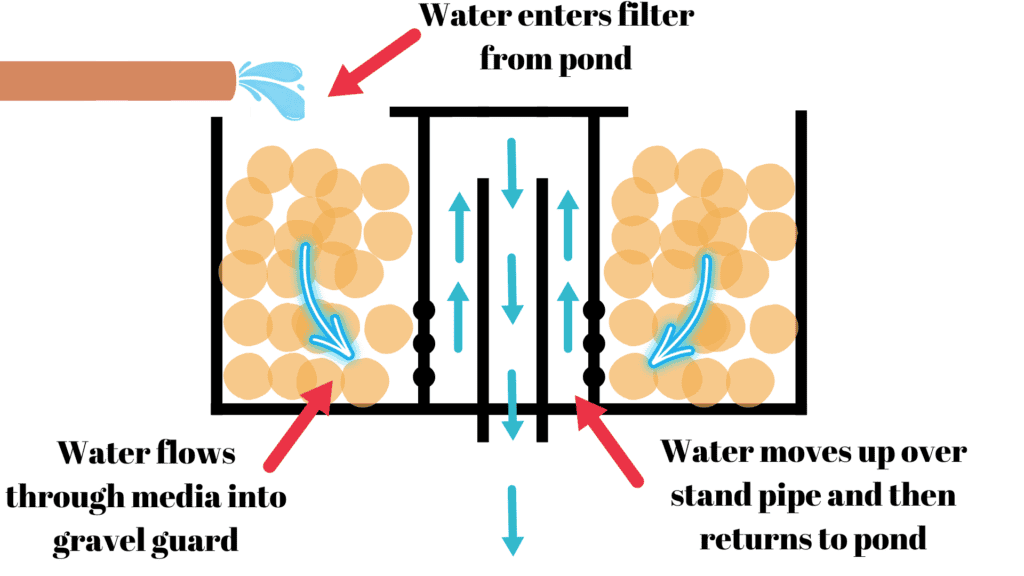
Materials Needed:
- Food-safe plastic container
- Gravel, small pebbles or aquaponic clay balls (amazon link).
- Standpipe (a piece of pvc pipe that can be inserted into the bulkhead) with a gravel guard (larger diameter pipe, with holes drilled in)
- Bulkhead fitting (amazon link) for a watertight seal
- Small pump
This filter works best when sized at about 10% of the pond’s volume, with a pump rated at six times the bog filter’s volume per hour. If you need help with calculations, check out my free calculator.
Here’s a video showing how I construct one of these filters for a container pond:
2. Bog Filter in a Barrel
A great choice for medium-sized ponds, this filter uses a large container (like a barrel or IBC tote, you can use anything that is watertight) and can be easily hidden in landscaping.
How It Works:
- Water is pumped from the pond to the base of the container.
- A breather pipe prevents siphoning if the pump shuts off.
- Larger rocks at the bottom create a void for waste to settle.
- The water percolates through layers of rock and overflows back into the pond.
- A flush valve (amazon link) at the base allows easy cleaning.
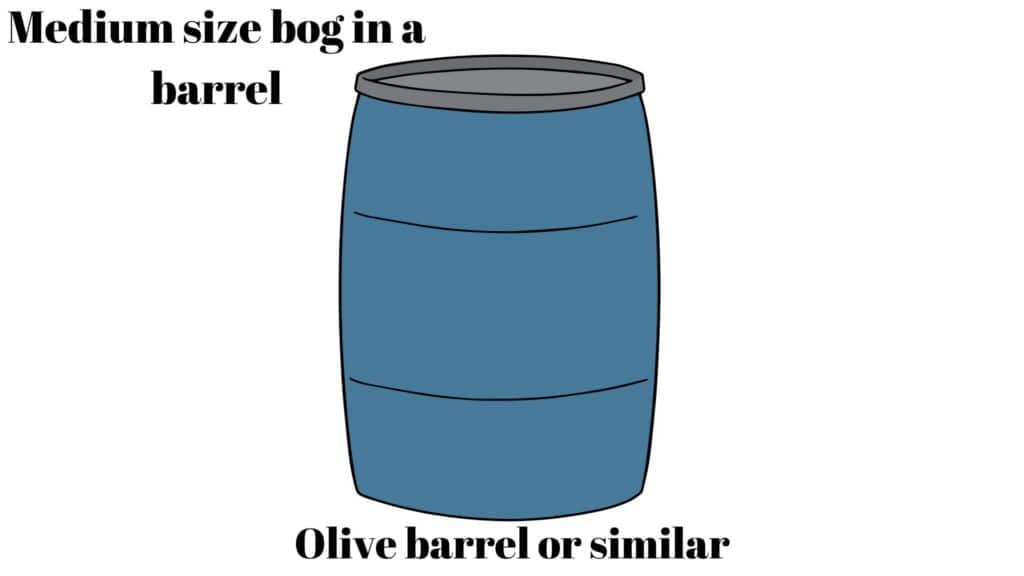
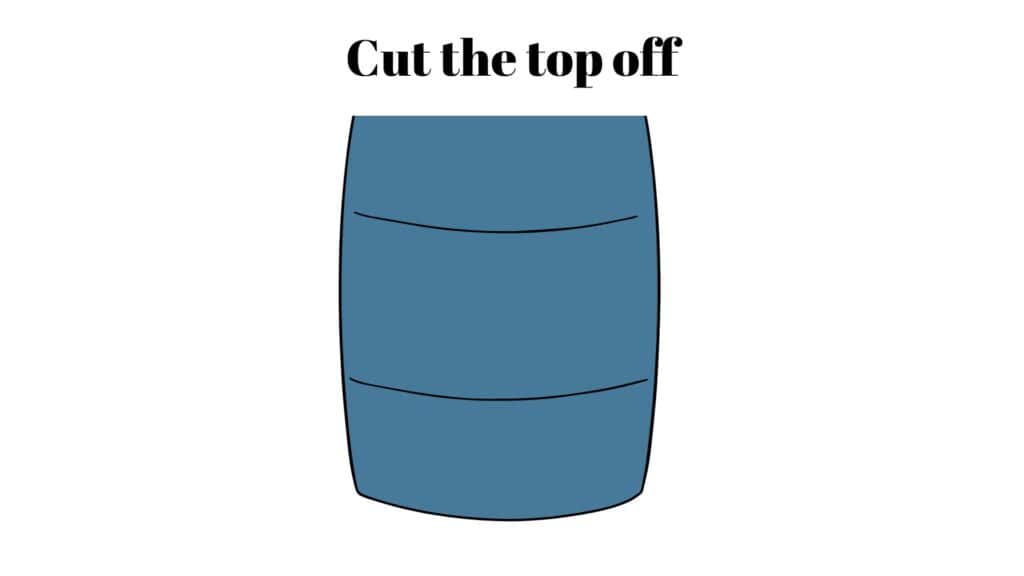
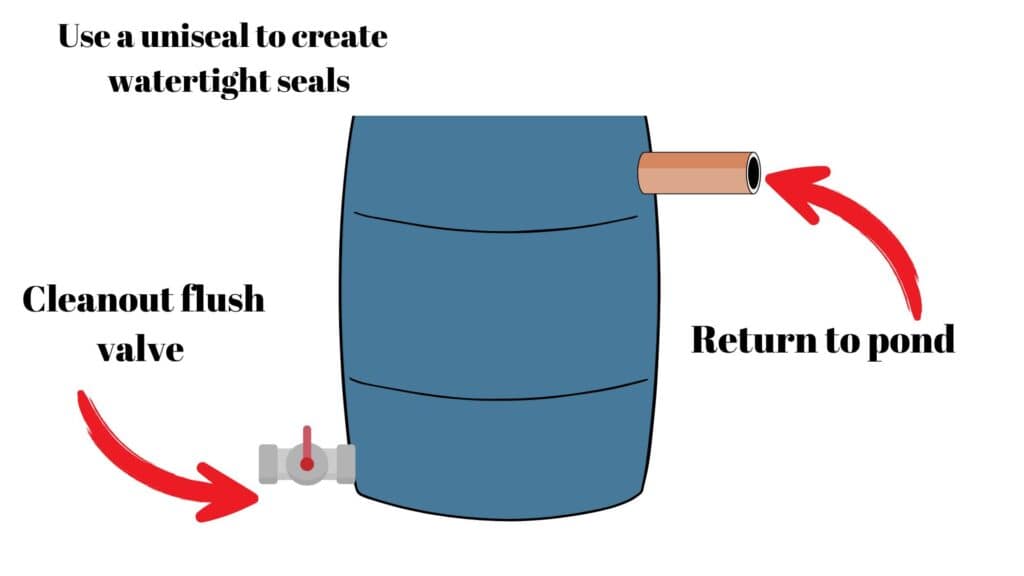
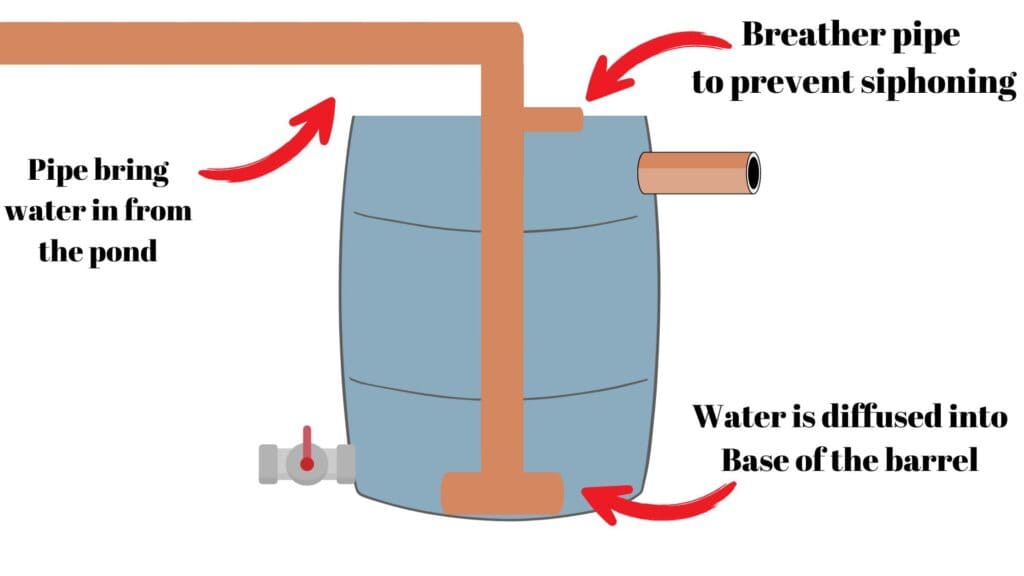
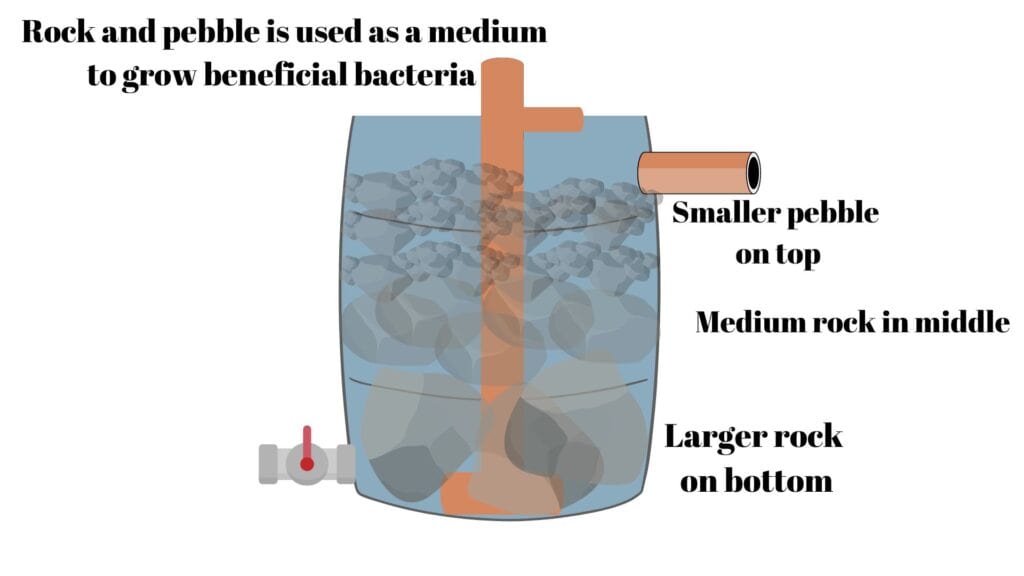
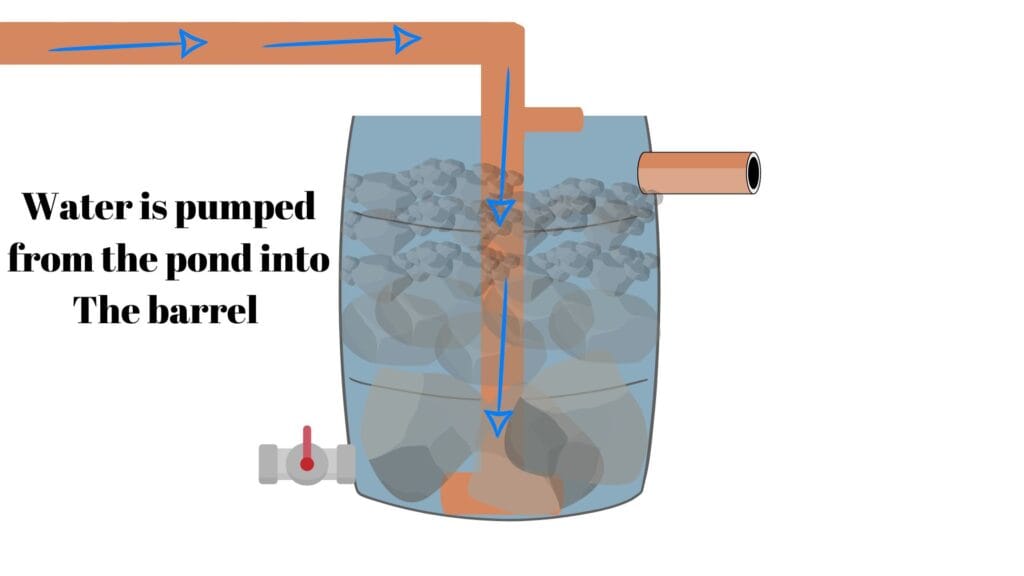
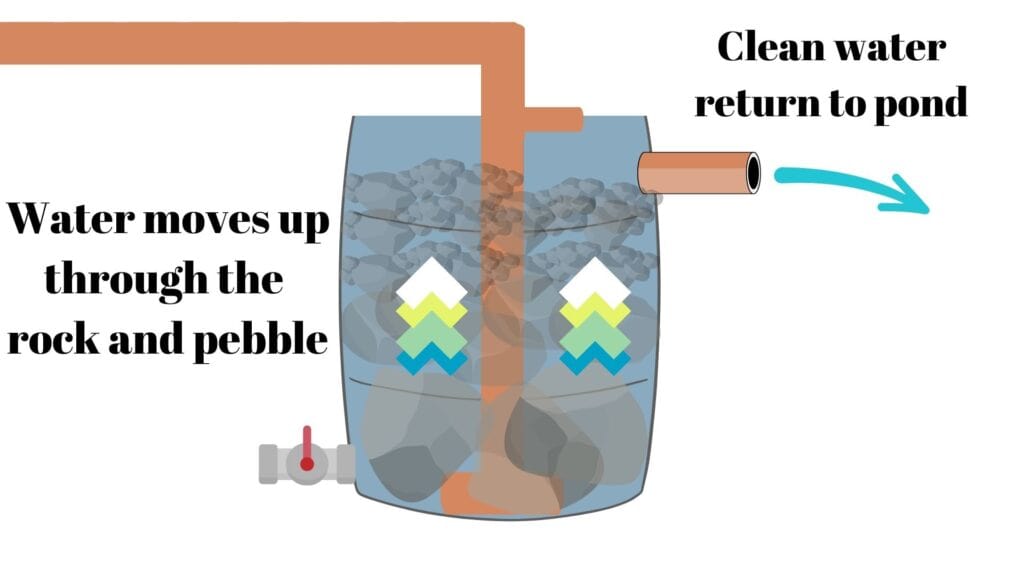
Materials Needed:
- Barrel, IBC tote, or large plastic container
- Various grades of rock and gravel
- Flush valve for cleaning
- Breather pipe to prevent siphoning
- Overflow pipe (larger than the inflow pipe)
- Uniseal or bulkhead to create watertight seals
This setup can be hidden when buried into a berm, allowing for a natural-looking stream or waterfall return. Here’s a look at how that is achieved on my courtyard pond:
If you need more detailed video on how all the parts come together this video will help:
3. Large-Scale Wetland-Style Bog Filter
For larger ponds, a wetland-style bog filter offers powerful filtration. This design is inspired by commercial Aquascape Wetland Filters but can be built on a budget.
How It Works:
- Water enters through a perforated dispersal pipe at the filter’s base.
- A rock matrix or matrix blocks create a settling zone for solid waste.
- The water flows upwards through varying sizes of gravel before returning to the pond.
- Cleaning is done via clean-out ports or a pond vacuum.
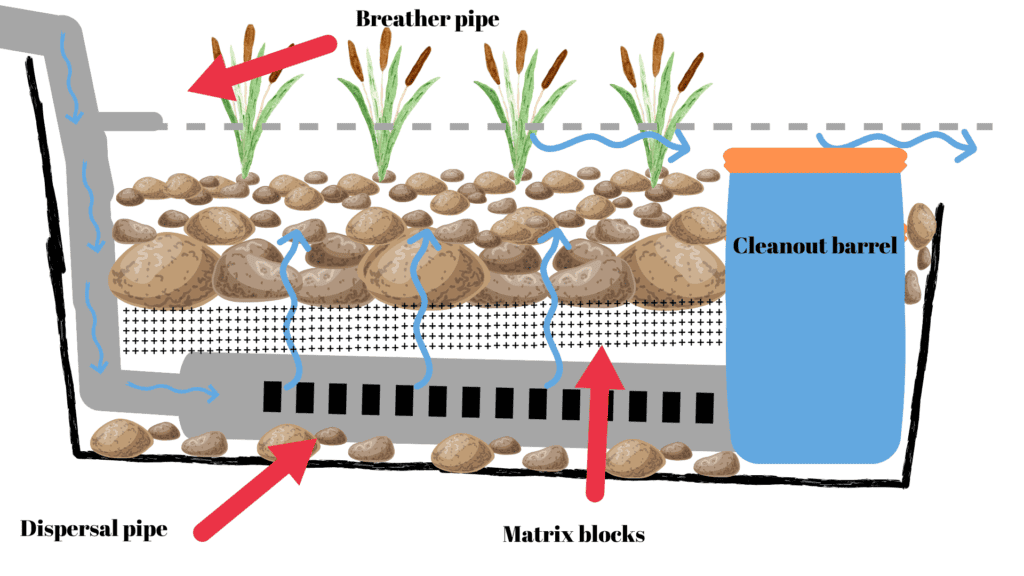
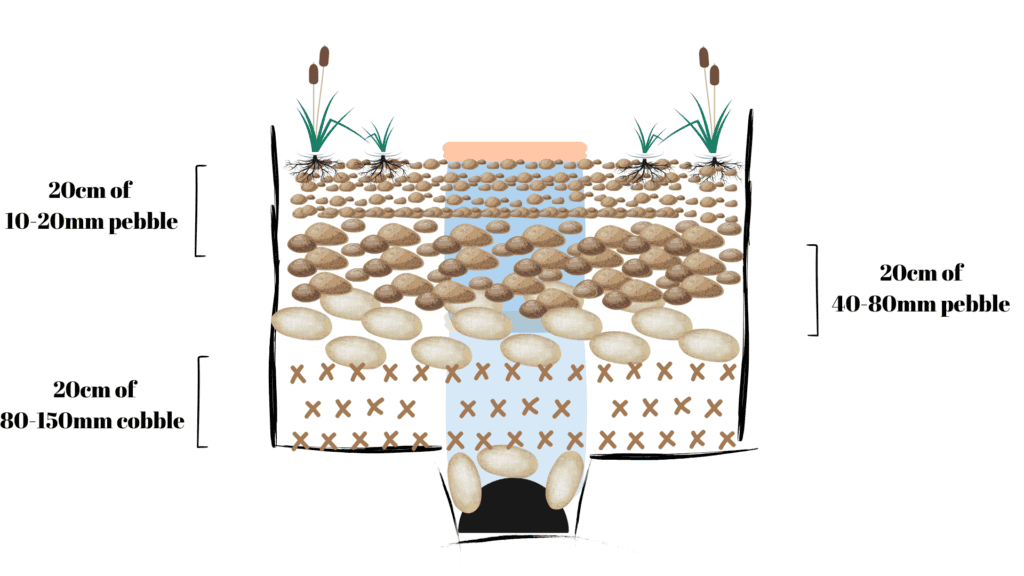

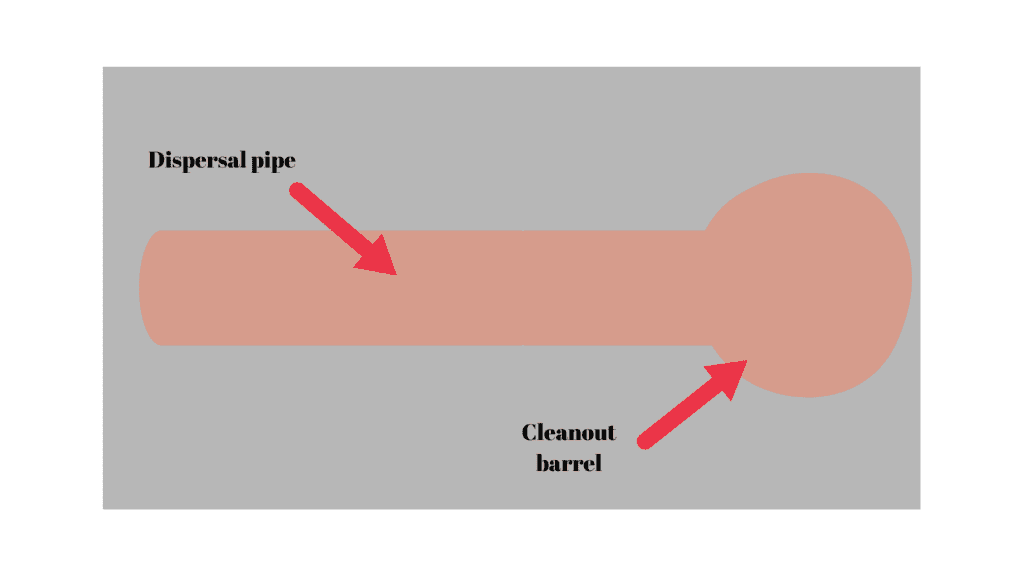
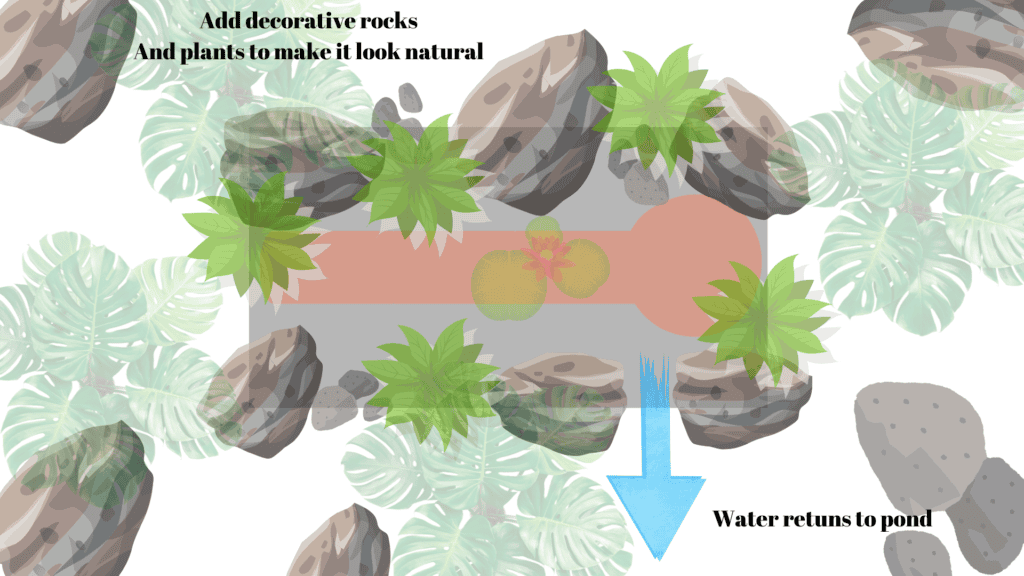
Materials Needed:
- Perforated pipe for water dispersal
- Gravel, pebble, or alternative filter media
- Matrix blocks (amazon link), optional for larger projects
- Clean-out pipes or ports (supersized pipe or barrel, that will allow you to put a dirty water pump (amazon link) in, for cleaning)
Oversizing your filter is always a good idea. Aquascape contractors often size their wetland filters based on pond surface area, but I prefer to size mine using pond volume.
This is the type of filter I used on my large dream pond, that I built on a budget:
I also built on like this into a stream system for another pond in my yard:
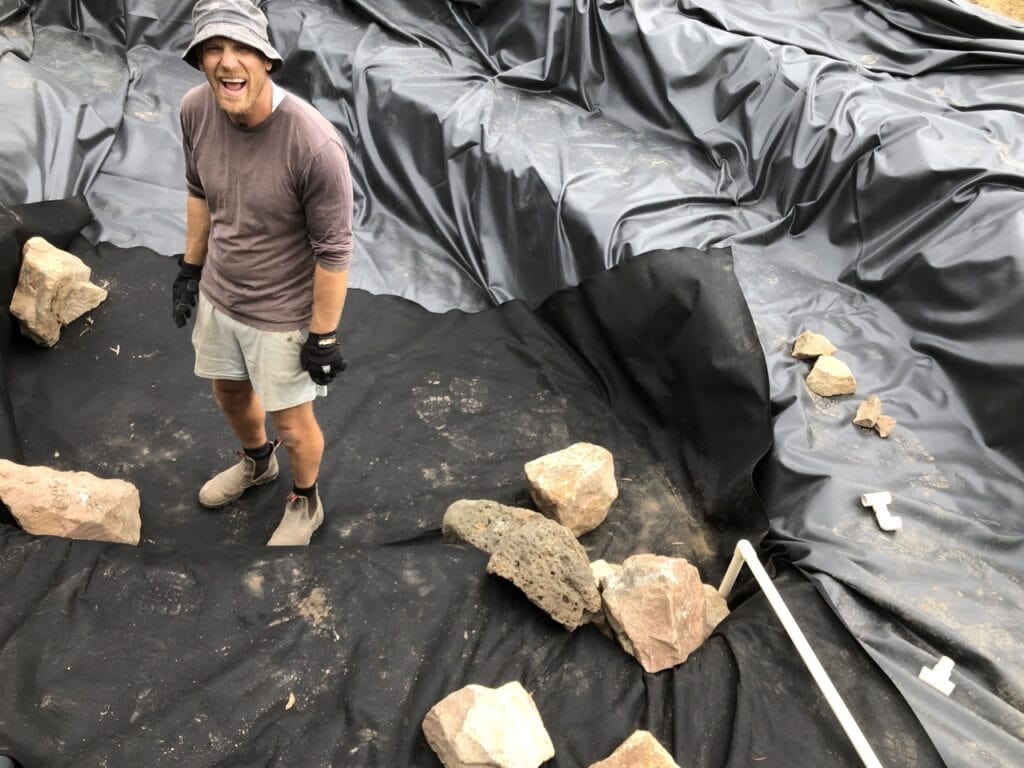
Blueprint I use to build my ponds
- All the numbers I use to design my ponds, delivered straight to your inbox
- These formulas have helped people all over the world build beautiful, low maintenance ponds, without spending a fortune.
- Access to a private community of like minded people and a chat bot that loves answering pond related questions.
Other Popular Bog Filter Designs
Aside from the three DIY bog filters I’ve used, other popular designs include:
Nelson’s Activated Bog Filter
- Uses 12 inches of pea gravel exclusively.
- Strictly follows an upflow filtration method.
- Prioritizes even water distribution for efficient filtration.
Here’s a link to their page.
David Pagan Butler’s Natural Swimming Pool System
- Uses air pumps to move water through a regeneration zone.
- Primarily designed for natural swimming pools.
- Doesn’t include a traditional cleaning method, which raises questions about long-term maintenance.
Here’s a link to Davids Youtube channel.
Incorporating an Intake Bay
In many of my pond builds, I incorporate an intake bay, which functions like a down-flow bog filter. It helps skim debris from the pond’s surface and serves as a pre-filter before the water reaches the pump.
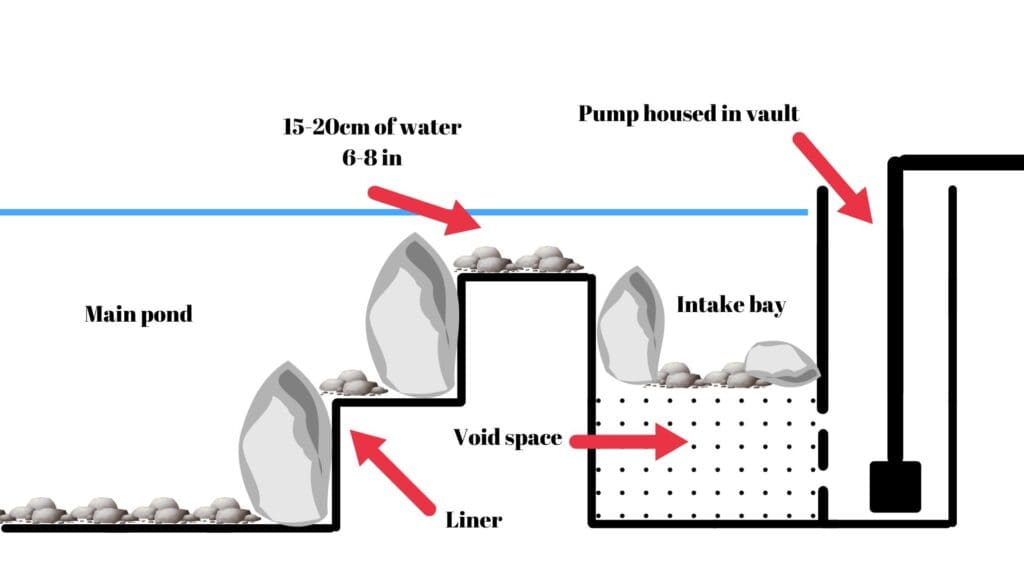
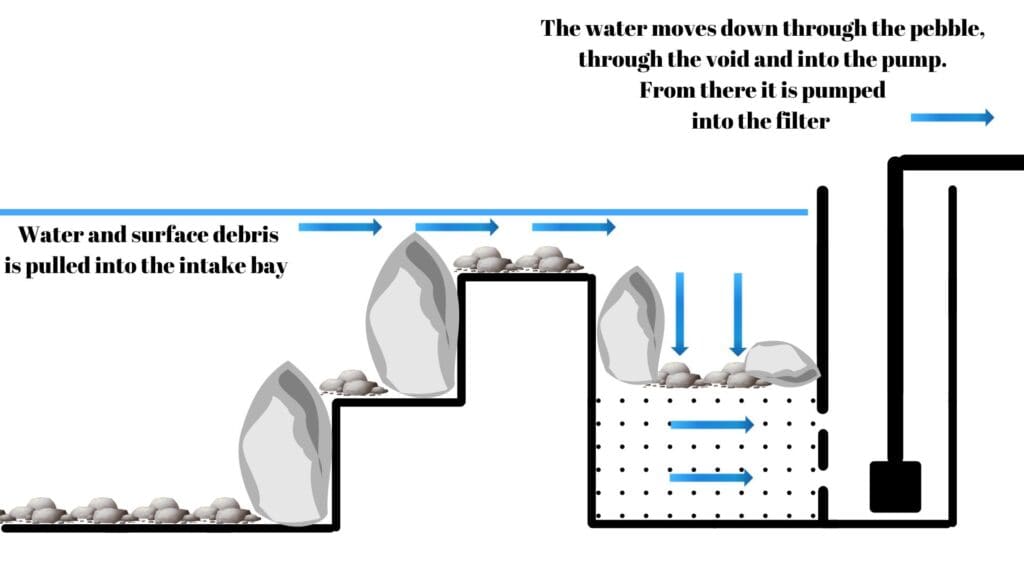
Advantages of an Intake Bay:
- Reduces debris buildup in the pond.
- Protects the pump from clogging.
- Adds extra biological filtration.
While I prefer up-flow bog filters, an intake bay is a great complement to your pond’s filtration system. Here’s a video on why I prefer up-flow vs down-flow for the actual bog filter:
Conclusion
Bog filters offer an effective, natural way to maintain a healthy pond. Whether you’re building a mini bog filter for a small pond, a barrel-style bog for a medium pond, or a wetland bog for a large pond, these designs will help keep your water clean and clear.
Want more DIY pond-building tips? Subscribe to my YouTube channel and mailing list.
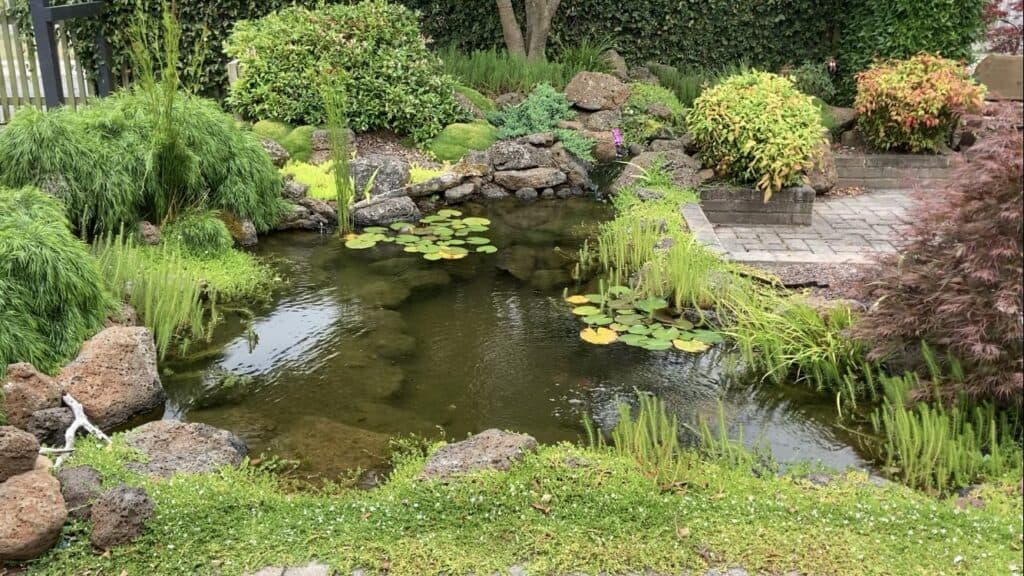
Join my free email list
If you would like to join my free email list click the button below.
I promise I won’t spam you, I’ll only send information I think can help you save money building and maintaining a pond.

